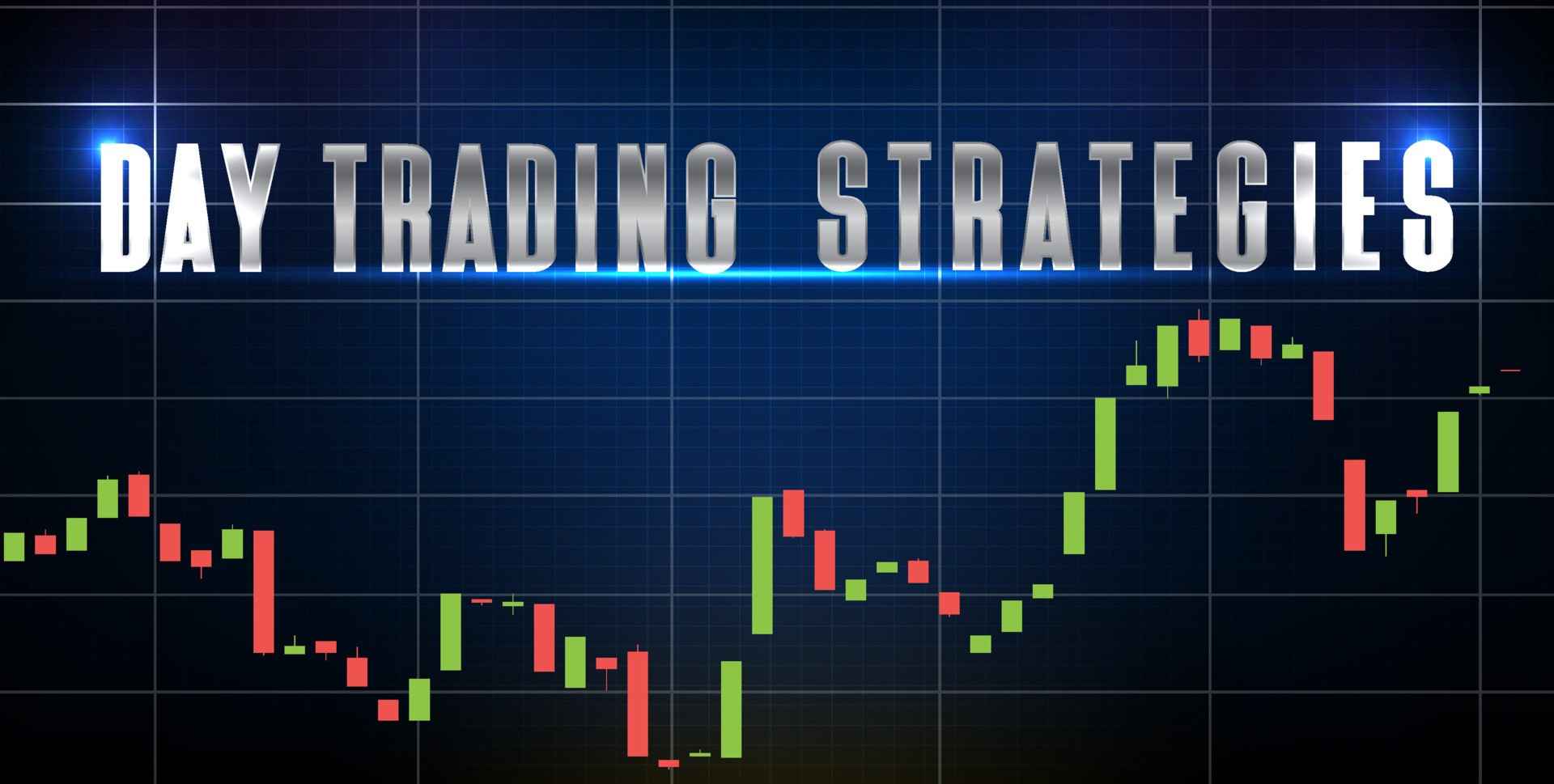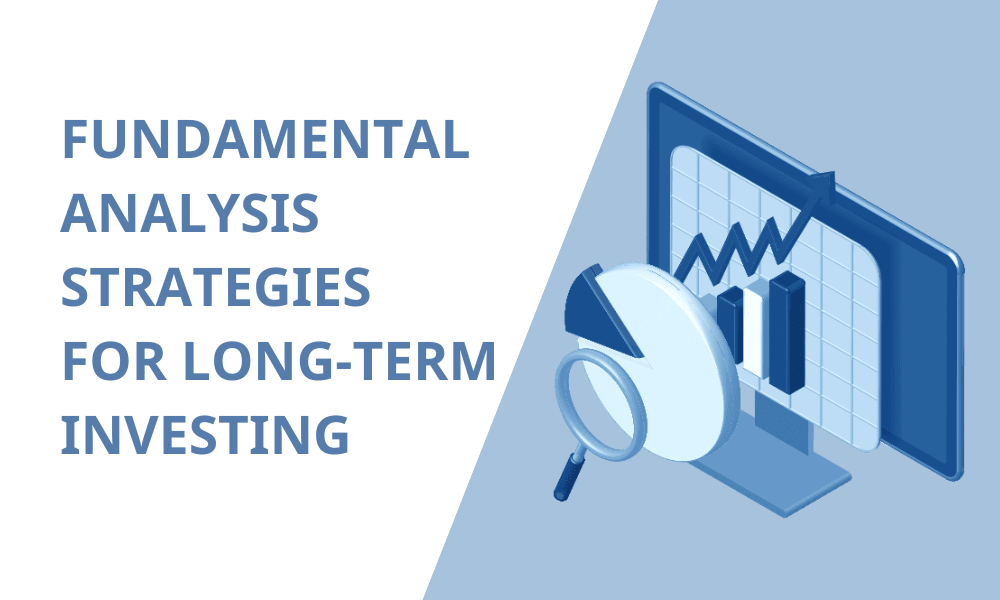**Looking for Technical analysis strategies for day trading? You’re in the right spot! I’ll walk you through top tactics to score wins in day trading. You’ll learn how to read candlestick patterns and price action signals for opening profitable trades. Master the art of using moving averages and oscillators to keep up with market momentum. I’ll show you how volume analysis and Bollinger Bands can reveal the market’s real muscle. Finally, we’ll dive into advanced chart analysis, using tools like Fibonacci and pivot points to pinpoint the market’s next move. Stay tuned, sharpen your skills, and get ready to trade with confidence.
Understanding Candlestick Patterns and Price Action Signals for Intraday Trading Success
The Role of Candlestick Formations in Identifying Trade Opportunities
Candlesticks tell stories of price moves. Picture each one as a snapshot of a day’s fight between buyers and sellers. Patterns like ‘bullish engulfing’ or ‘shooting star’ show who’s winning. For example, a ‘bullish engulfing’ means buyers overpowered sellers. They are a big deal. They pave the way for smart trades.
To use these patterns, check your intraday trading charts. Spot the candlesticks that stand out. They could hint at a price jump or drop. Let’s say you spot a ‘doji’. That’s traders saying, “We can’t decide.” If it’s after a big uptrend, take care. It might mean a trend change is close.
Understanding candlesticks makes entry points clear. If you see a ‘hammer’ after a drop, it might be time to hop in. It shows sellers got tired and buyers pushed back hard.
How to Use Price Action for Precise Entry and Exit Points
Price action is about watching prices move in real-time. It’s simple. You look for shifts in price without complex tools. Keep an eye on support and resistance levels. They are like invisible barriers. Prices often bounce back after hitting these walls.
Let’s dive in. Imagine a price inching up to a known resistance spot. You’re waiting, watching. Suddenly, it breaks through. This is your cue! It’s an entry signal. Now, you’re in the trade. But what next? You have to watch for exit signals too. Maybe prices start to stall or a new pattern says “sell”.
For exits, you might see a ‘bearish engulfing’ pattern. That’s your exit sign. It means sellers are back in control. Price action is like a dance. Learn the steps, and you’ll know when to join in and when to step out.
Leveraging Moving Averages and Oscillators for Momentum Trading
The Importance of Moving Averages in Trend Analysis and Trading Decisions
Moving averages smooth out price data. They make trends stand out. They come in various types, like simple (SMA) or exponential (EMA). When prices cross these lines, it often hints at trend changes. Picture a river’s flow—it shows the current’s strength or weakness over time.
Day traders love moving averages. They help us see where prices might head next. We look at different time frames, from 5-minutes to daily charts. Multiple moving average lines can form a support band. This means it’s like a strong floor that prices might bounce off.
We use this info to plan our trades. If prices move above these lines, we think buy. Below them, we think sell. It’s like having a traffic light for your trades. The trick is knowing when these signals are strong. That’s where practice and more tools come in.
MACD and Stochastic Oscillators: Timing Trades for Maximum Profit
Ever heard of MACD or ‘stochastics’? They are momentum oscillators. They wave above and below a center line or between set levels.
MACD stands for Moving Average Convergence Divergence. A mouthful, right? But here’s the simple bit: It shows us momentum. It takes two moving averages and makes them into one line. This gives us a clear signal: Are bulls or bears in charge? The MACD line crossing over its signal line can mean it’s time to trade.
Stochastics, though, compare closing prices to a range over time. They can tell us if a stock is overbought or oversold. Settings for stochastics can change. For day trading, short periods like 14, 3, and 3 often work well. Imagine you’re checking the strength of a rubber band. That’s what stochastics help with.
When these tools agree with moving averages, we’re onto something. Both aim to catch winning trades before they happen. It’s a bit like joining dots. One dot might be a fluke, but when several align—it’s a pattern we can follow.
So, we scan our charts every day. We look for moving averages to guide us, and we wait for our oscillators to say ‘go’. The right mix of these tools can mean the difference between a good trade and a great one.
Remember, tools can fail. They are guides, not crystal balls. That’s why traders never rely on just one thing.
We check, then double-check. Then we dive into the trade. With time, using these tools becomes second nature. And soon, you’re reading the markets like an open book, ready to spot your next big win.
Utilizing Volume Analysis and Bollinger Bands to Gauge Market Strength
How to Read Volume Indicators for Informed Intraday Trades
Let’s dive into volume, friends! Think of it like the gas in your car. More gas, more power. In trading, high volume means lots of interest in a stock. Low volume? Not so much. You want to see big volume when the price moves. That means “Yes! People are really into this stock!”
So, how do we use volume? Easy. You look at those bars at the bottom of the chart. They go up, interest is high. They go down, interest is low. Simple, right? But wait, there’s more! Watch for spikes in volume—they can hint at big price moves, up or down. Remember, more traders jumping in can really push that price. That’s what you want to catch.
And here’s a pro tip: Use volume with candlestick patterns. This tag team helps you make smart moves. It’s like finding a hidden clue on the chart. High volume plus a strong candlestick? Bingo—you might have a winner!
Effective Bollinger Bands Strategies for Volatility Assessment
Now, let’s chat about Bollinger Bands—cool name, cooler tool. Picture a rubber band. When you stretch it, it snaps back, right? Bollinger Bands kind of do this with stock prices.
These bands form a cozy channel around the price. The middle line is like home base, the average price. The other lines? Boundaries. If the price hugs the top band, it might be too high, set to drop. If it’s near the bottom, too low, and might bounce back.
So, what’s the trick? Keep an eye out for those squeezes—when bands get tight. It’s like the calm before the storm in the stock world. A big move could be coming. Get ready!
Also, ever heard of “riding the band”? When the price sticks to a band, it can keep going that way. It’s like surfing a wave—just ride it out. But don’t get wiped out! Always watch for signs of a wipeout, I mean turnaround.
Track the bands, my friends. They’re your map to the market’s mood swings. Use them right, and you’re set to catch those waves!
Enhancing Day Trading Techniques with Advanced Chart Analysis
Fibonacci Retracement and Pivot Points: Tools for Identifying Support and Resistance
Fibonacci retracement and pivot points are traders’ best friends. They help find where prices might pause or change. These tools draw lines where support and resistance probably are, based on past moves. For example, if a stock shoots up, Fibonacci lines mark where prices might fall back and find support. Likewise, pivot points show levels for potential daily price moves.
Fibonacci retracement works using a percent. These percents come from the Fibonacci number series. After a big price move, stocks often pull back a fraction before moving again. Key reversal spots are often close to these Fibonacci levels.
Pivot points focus more on present data. They use the high, low, and close of the previous day. Traders find ideal buy or sell points using these calculations. Pivot points act as hidden barriers in the market, guiding intraday movements.
Both tools help see areas where prices might turn around. But remember, these aren’t sure things. Prices can break through these lines. Still, they give a good idea of where to look for trades.
Recognizing and Trading on Chart Patterns and Trend Reversal Indicators
Chart patterns are like bread crumbs on a trail. They hint where prices might head next. Patterns such as ‘head and shoulders’ or ‘double tops’ often show a turn in the trend. Spotting these early can lead to solid trades.
For instance, a ‘head and shoulders’ pattern hints a stock might drop soon. If a trader sees this, they might sell before the drop. ‘Double tops’ send a similar signal. After the same high point is hit twice, the price might slide.
Trend reversal indicators add to the game. Tools like MACD and RSI levels give clues on momentum changes. Watch for the MACD line crossing over the signal line. If it does, that might mean it’s time to trade. RSI can show if stocks are overbought or oversold. RSI over 70 means a stock might fall. Under 30 could mean a rise is coming.
Use these patterns and indicators together, and you’re more likely to catch a trend change. They aren’t always right. Yet, they’re helpful in making informed guesses on price moves.
In short, charts reveal patterns and signals that wise traders act on. Tools like Fibonacci, pivot points, and trend indicators help us decide. We look for patterns and watch the indicators. Then we choose the best move. This way, we stack odds in our favor in the fast-moving day trading world.
In this post, we’ve dived into key tools that can help you win at intraday trading. Recognizing candlestick patterns helps spot trade chances. Price action sharpens entry and exit. We also covered how moving averages indicate trends, while MACD and Stochastics set you up for top gains.
Besides, volume analysis and Bollinger Bands show market force like nothing else. And don’t forget, advanced charts with Fibonacci and pivot points mark safe spots to aim for or bail out.
By mastering these strategies, you’ll trade smarter, not harder. So gear up, use these techniques, and watch your trading skills soar. Remember, in the markets, knowledge is your best bet. Happy trading!
Q&A :
What are the most effective technical analysis strategies for day trading?
Technical analysis strategies for day trading focus on short-term price movements and patterns. Some of the most effective ones include trend following (identifying the market’s direction), scalping (profiting off small price changes), and using technical indicators like Moving Averages, Bollinger Bands, and the Relative Strength Index (RSI) to forecast potential price movements. Day traders often look for high liquidity and volatility to capitalize on quick trades.
How do you apply moving averages in day trading for technical analysis?
Moving Averages (MAs) are a vital tool used to smooth out price data and identify the trend direction. In day trading, short-term MAs like the 5, 10, or 20-period are commonly used. Traders look for crossovers between different MAs (e.g., a 10-period crossing above a 20-period MA might indicate a buying opportunity) or when the price crosses the MA itself. MAs can be combined with other indicators for more robust signals.
Can Bollinger Bands improve your day trading strategy?
Yes, Bollinger Bands can be beneficial for day trading strategies as they provide insights into market volatility. They consist of an upper band, lower band, and a moving average in the middle. Day traders use these bands to identify overbought or oversold conditions. A price touching or breaking through the bands can signal a potential reversal or breakout, aiding in entry and exit decisions.
How important is the Relative Strength Index (RSI) in day trading?
The Relative Strength Index (RSI) is a momentum oscillator that measures the speed and change of price movements. In day trading, an RSI above 70 typically indicates that an asset is overbought, while an RSI below 30 indicates it is oversold. Traders use these levels as potential signs of a price reversal. However, it is crucial to combine RSI with other technical tools for confirmation to avoid false signals.
What role does volume play in technical analysis for day trading?
Volume is a critical indicator in technical analysis for day trading, as it confirms the strength of a trend. An increase in volume suggests a strong move, either bullish or bearish, while decreasing volume may signal the weakening of a trend. Volume can also help in confirming breakouts and trend reversals. High volume along with significant price moves often indicates a more reliable trade signal.






